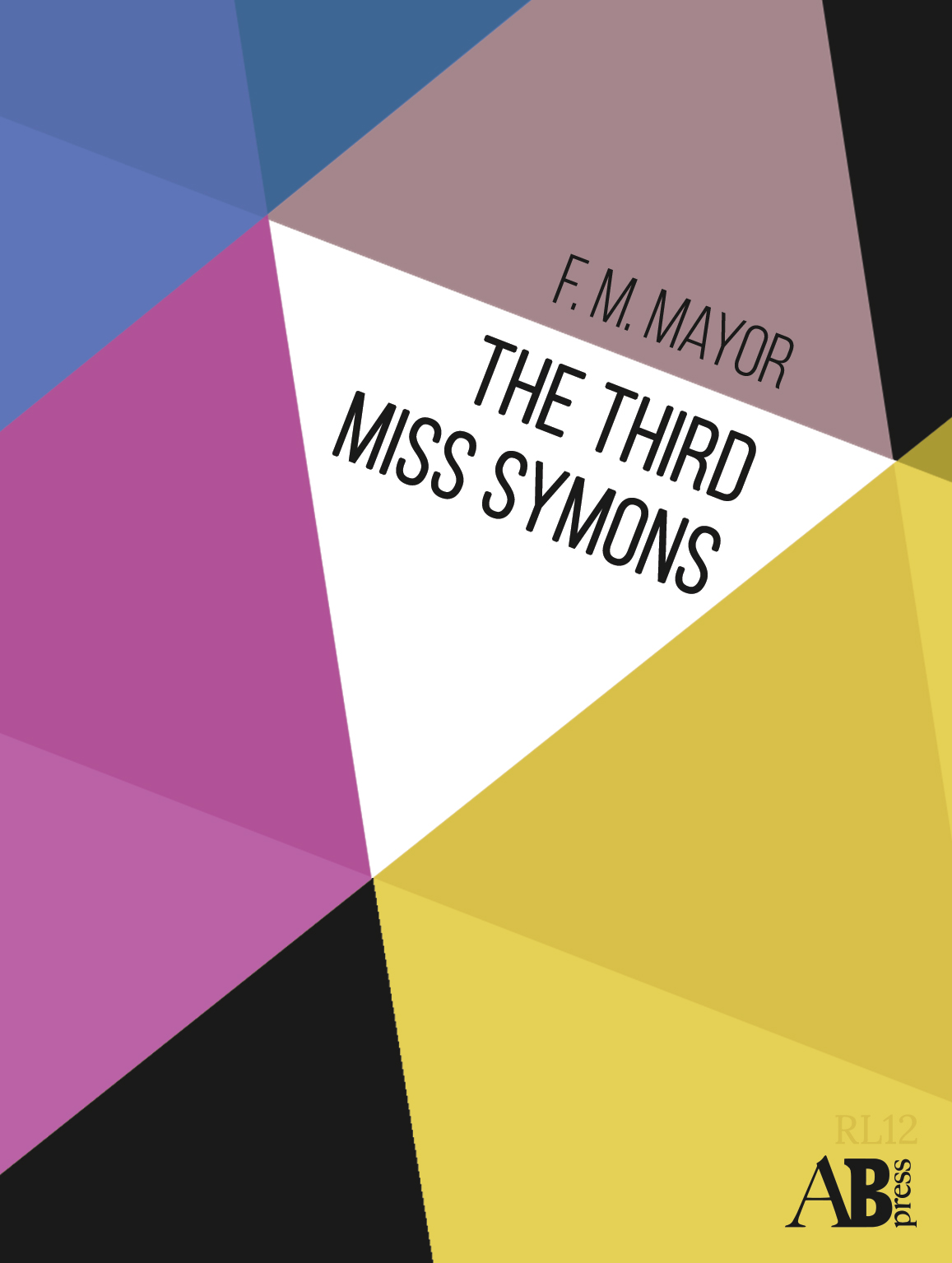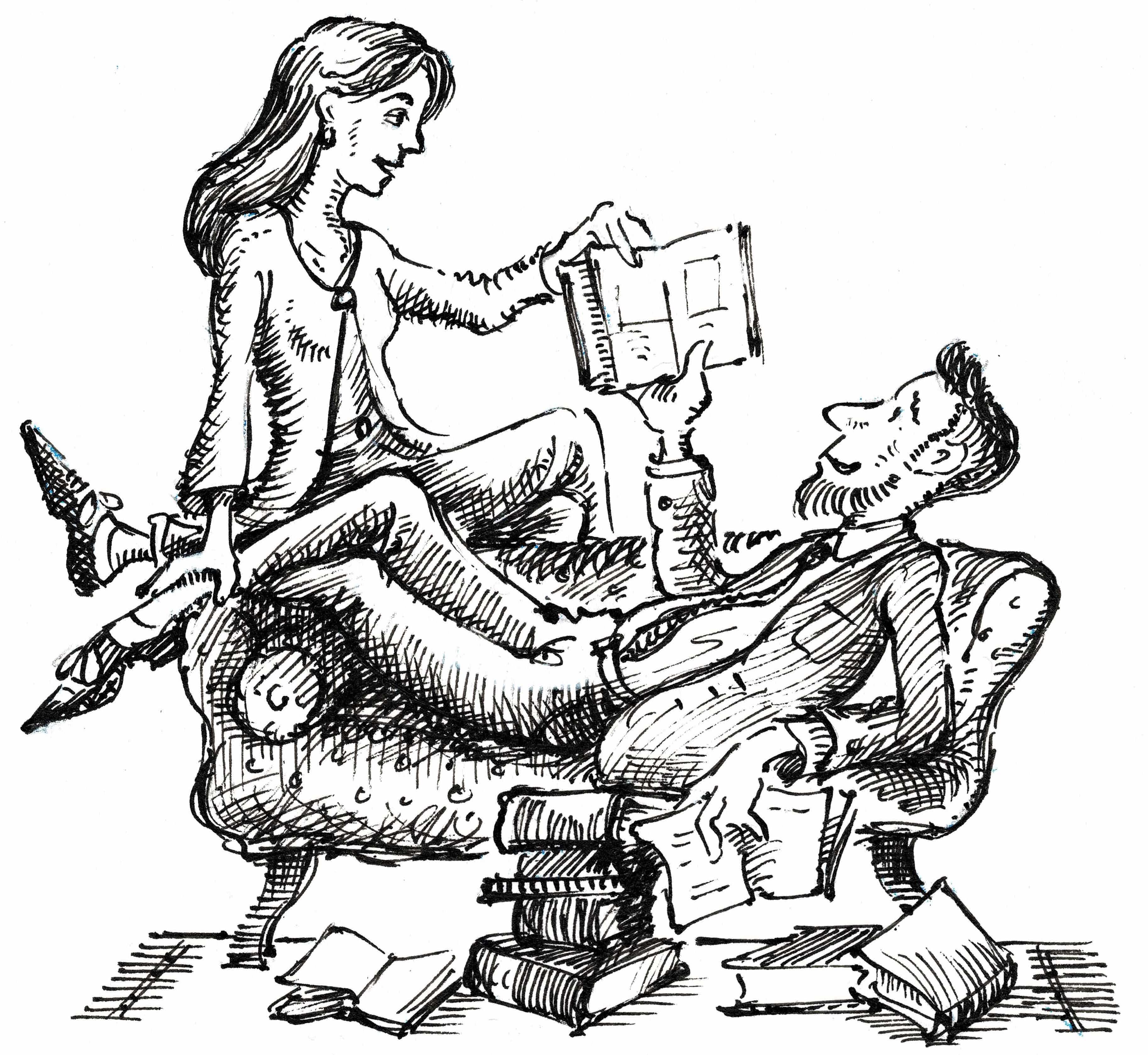Biography
The Third Miss Symons was Mayor’s first literary success. An earlier novel, Mrs Hammond’s Children, had been published in 1901 without notice. The Daily Telegraph noted, “Miss F. M. Mayor, is a true artist, restrained but confident in touch… her elaborate study of a spinster’s life… is brilliantly clever, actual, and sincere. Without the slightest attempt to play upon the feelings, it reaches to the very heart of things, and leaves the reader with an aching sense of the intolerable waste of human nature.” The New Statesman compared Mayor to Jane Austen. Mayor’s style is gentle and observant, and she wrote chiefly about disillusioned heroines who received little attention and had been passed over, a theme mirrored in British society after the First World War. Mayor herself was a spinster. Her fiancé died in India in 1903 and thereafter she lived with her twin sister or brother. Her next novel, The Rector’s Daughter, is considered to be her best novel and, after rejections elsewhere, was published by the Woolf’s Hogarth Press. Yet she remained an isolated figure in the literary community. Mayor held unfashionable political views: an unenthusiastic suffragette, a supporter of military involvement in the Great War (she referred with disdain to the “Bertrand Russell gang” and “Lytton Strachey set”), and a political conservative in peacetime.
FLORA MACDONALD MAYOR (1872-1932) came from a family steeped in academia. Her father was Emeritus Professor of Classics at King’s College, London; her paternal uncle was Professor of Latin at Cambridge; her mother was the niece of the historian George Grote. At school, Mayor was described by a friend as “appallingly clever,” and she went on to study history at Newnham College, Cambridge. Her sister, Alice, noted that at Newnham “she burnt the candle at both ends and her health never recovered.” She received a third class degree and was unresolved about any career choice. She settled to work as an actress and wrote in her spare time. After the death of her fiancé in 1903, she lived with either her identical twin sister or brother for the rest of her life.
The Rector’s Daughter, published in 1924. despite good reviews, sold poorly. She then took to writing ghost stories, which were admired by M. R. James; these were collected after her death in The Room Opposite and Other Tales of Mystery and Imagination. A last novel, The Squire’s Daughter, was published in 1929 but it was poorly received. She died of pneumonia in 1932; by then her literary career had declined so far that The Times neglected to publish her obituary prepared by John Masefield.




